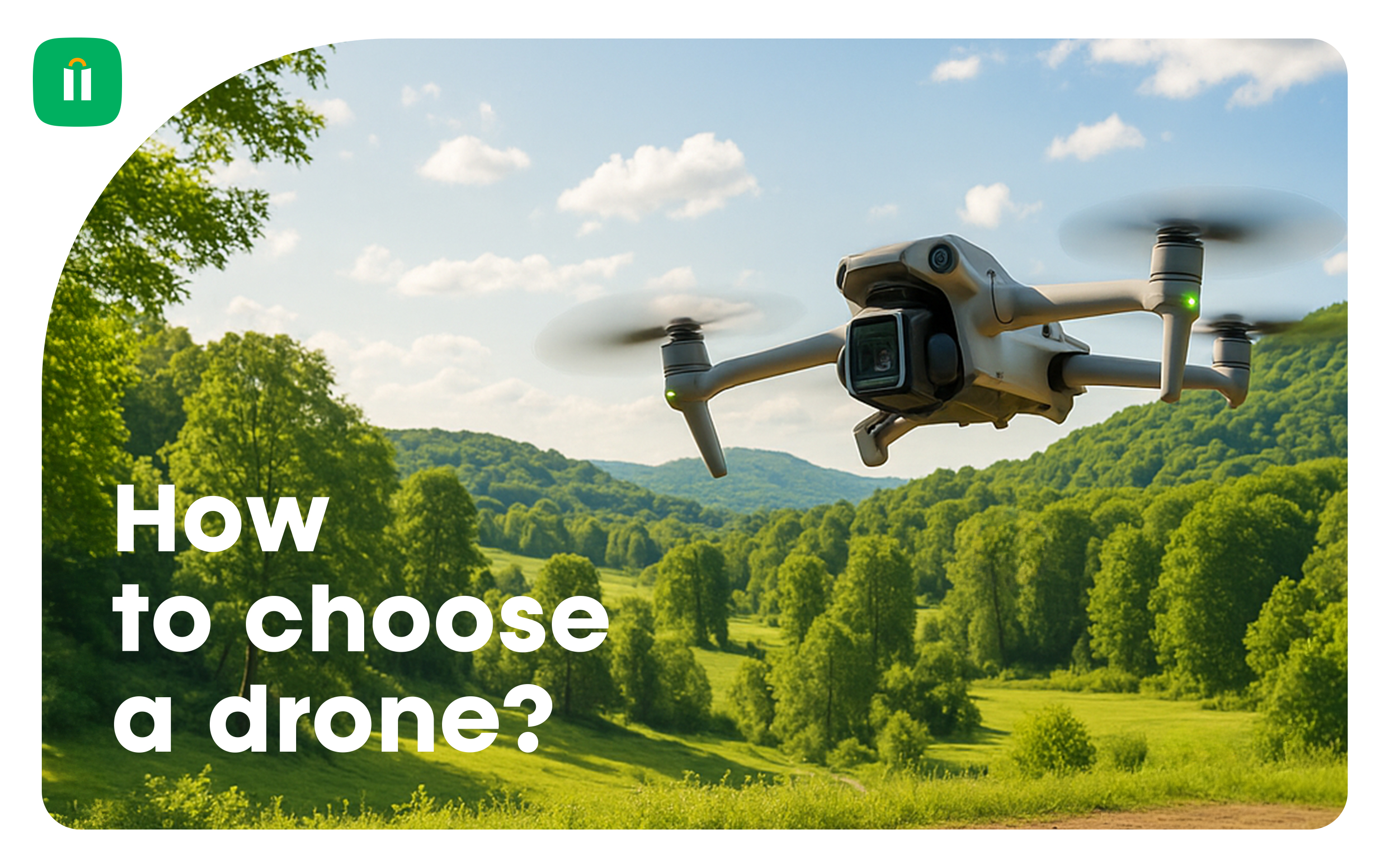 08.09.2025
Armine Badalyan
08.09.2025
Armine Badalyan
How to choose a drone?
If you are going to buy a drone, first of all, you need to clearly define for what purposes you need it. For example, for amateur or professional activities, which will determine priorities such as shooting quality, flight duration, range, etc. In this article, we will tell you everything that will help you choose the perfect drone.
Image quality
A number of factors affect the quality of a photo or video: from the camera to weather conditions. But if you are sufficiently informed and correctly combine technical and weather conditions, you will get the desired result.
Matrix
The quality of the frame directly depends on the camera matrix. It absorbs the light passing through the lens and converts it into a digital signal. The resolution of photos and videos depends on the size and quality of the matrix. The higher the quality of the matrix, the sharper and brighter the image. This rule also applies to drone cameras. A 1-inch sensor is the new "gold standard" used in modern consumer drones.
Resolution
Higher resolution (measured in megapixels) means more detailed images. The maximum resolution of video shot by modern drones can range from HD to 4K, depending on the model. If you are shooting for Facebook or Instagram and only need simple editing and filters, then 1080p quality will be more than enough. However, if you are a vlogger or want to get a cinematic quality image, then 4K resolution will be the best option. When cutting, rotating, cropping and scaling the final material, the video resolution inevitably decreases, and if the original quality is 1080p, the end result may not meet high expectations and modern standards. 4K video gives you a lot of valuable extra pixels, and this means more freedom for work and creativity.
Aperture
When choosing a drone, many people only pay attention to the camera resolution, but the aperture is no less important. It determines the amount of light that reaches the camera and the depth of field (background blur). It is indicated by the f-number, for example, f/2.8, f/4, f/11.
A small number (f/2.8, f/1.7). A wide aperture lets in more light, and the shooting is of high quality even in low light conditions.
A larger number (f/8, f/11). A narrow aperture, less light, but a greater depth of field (more objects in focus).
The importance of aperture is especially noticeable when shooting in different conditions. For example, when shooting at sunset or at night, a high aperture allows you to get clear shots without the need for a high ISO (a camera setting that regulates the sensor's sensitivity to light).
A wider aperture allows you to get a perfectly focused image with a blurred background. A narrower aperture will provide sharper images when shooting landscapes.
For professional work, you can consider drones with variable aperture. This means that you can shoot in different conditions without changing filters. In this regard, suitable options are, for example, the DJI Mavic 3 Pro or 4 Pro models.
Flight duration
For drones, flight duration is one of the most important technical indicators, which is determined by a number of factors:
Battery capacity
Drone weight and load (flight time can be increased without installing additional accessories or a heavy camera)
Flight speed and mode (the faster the drone flies, the faster the battery drains)
Extreme conditions (wind, low temperature, high humidity can reduce flight time)
Many drones come with a Fly More Combo kit. This means that the kit includes more than one battery, a set of propellers and other accessories, which ensures a long flight without recharging. For example, the DJI Mavic 4 Pro Combo Fly More kit with three batteries can provide about 120-150 minutes of continuous flight.
Stability in the air
The stability of a drone is determined by how well it resists wind and vibrations. Any unauthorized movement of the drone leads to blurring of the frame, so talking about sharpness and clarity is meaningless. This is, of course, important for both photo and video shooting.
To get stable shots, choose models that are equipped with:
gimbal (ensures camera stability even when the drone vibrates);
hydraulic stabilizers (reduce vibrations and ensure stable shooting);
GPS and sensor systems (maintain the drone's position in the air regardless of wind and strong tilts);
Some models have a collision avoidance function, thanks to which the device is able to avoid frontal obstacles and ensure stability.
Obstacle avoidance
The best drone, especially for beginners, should be equipped with an obstacle avoidance system. For example, the DJI Mini 4 Pro provides multi-directional obstacle detection in all directions.
Other important safety features to consider when choosing a drone:
Return to Home (RTH): Automatically directs the drone to its take-off point when the battery is low or the controller signal is lost.
Geo-fencing: Creates virtual boundaries to prevent drones from entering restricted areas, such as airports.
Beginner Mode: Limits the range, speed, and altitude of the drone. Mostly found in DJI drones.
RAW/DNG Support
If you don’t plan to edit your photos in Photoshop or Lightroom, you can ignore this point, but almost every modern photographer needs to do so. If your drone supports RAW/DNG formats, you have access to a wider range of post-processing options. The advantage of these formats is that the image contains all the information from the camera sensor. This is especially useful when shooting at night.
Conclusion
We are sure that you already have a good understanding of the technical characteristics of drones and will be able to make a confident choice. Find the best selection of drones in AllSell stores with favorable sales conditions.
Last news
-
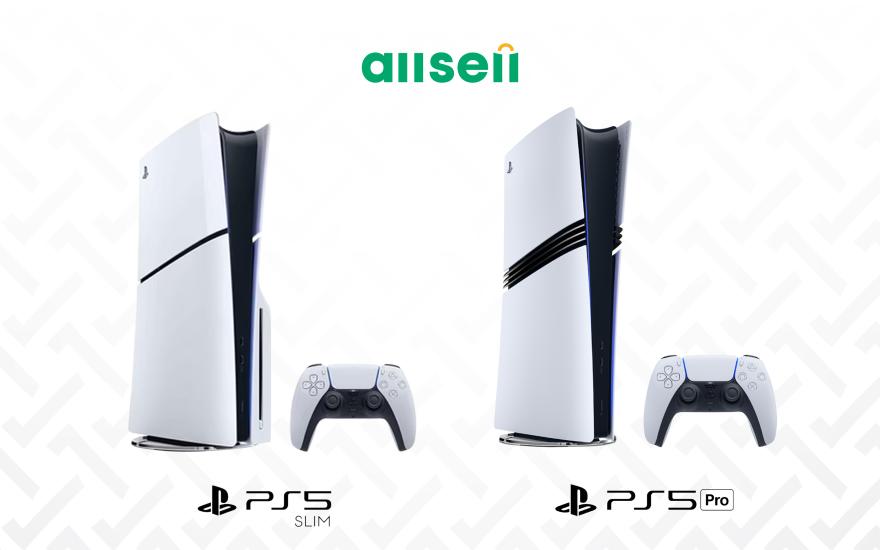 06.10.2025
Armine Badalyan
Comparison of all PS5 models
06.10.2025
Armine Badalyan
Comparison of all PS5 models
Are you a fan of digital games, want to buy a Playstation, but aren't sure which model to choose? Read this guide
-
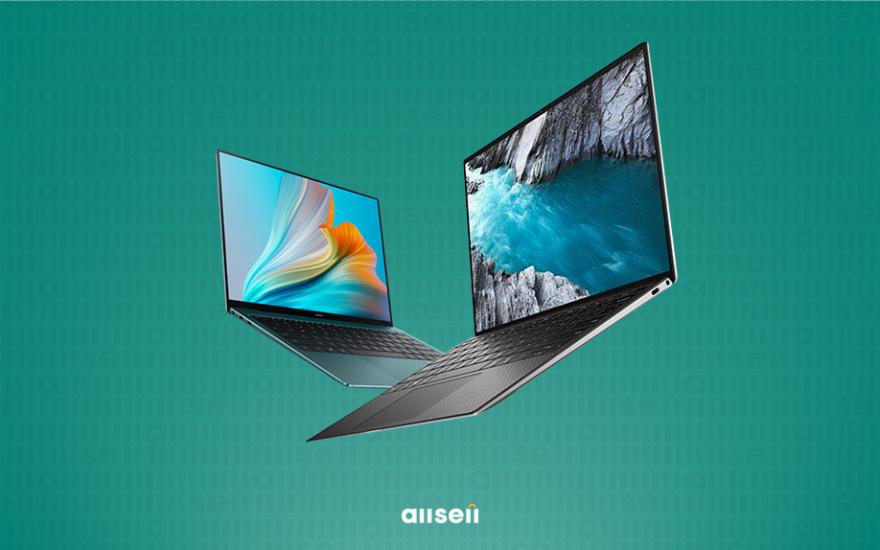 21.08.2025
Armine Badalyan
What laptop to choose for graphic design?
21.08.2025
Armine Badalyan
What laptop to choose for graphic design?
To run graphic-demanding programs, you need a laptop with specific characteristics. This guide will help you choose the right option
-
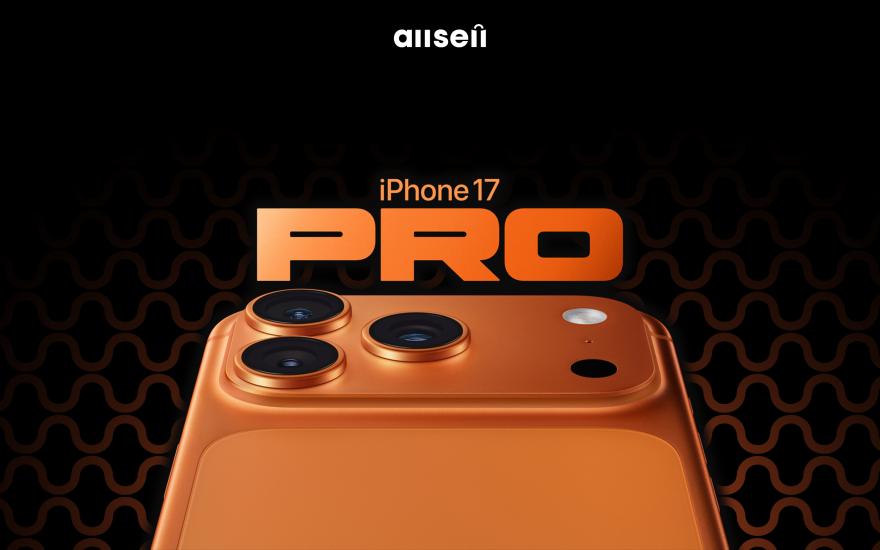 15.09.2025
Armine Badalyan
iPhone 17: The new generation of Apple smartphones, with all the details
15.09.2025
Armine Badalyan
iPhone 17: The new generation of Apple smartphones, with all the details
The iPhone 17 series has something new to say in terms of design and technology. What new ideas have been developed in Cupertino, what new things does Apple have to say, read here
-
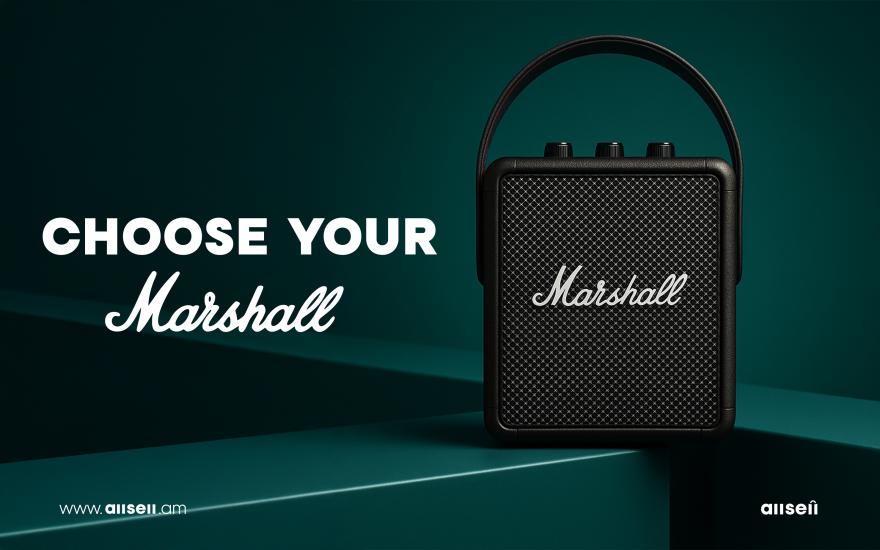 12.09.2025
Armine Badalyan
Marshall speakers: classic design, powerful sound
12.09.2025
Armine Badalyan
Marshall speakers: classic design, powerful sound
The legendary Marshall speakers seem to be similar, but each one has its own characteristics. Different generations of Marshall speakers in one place. Read more
-
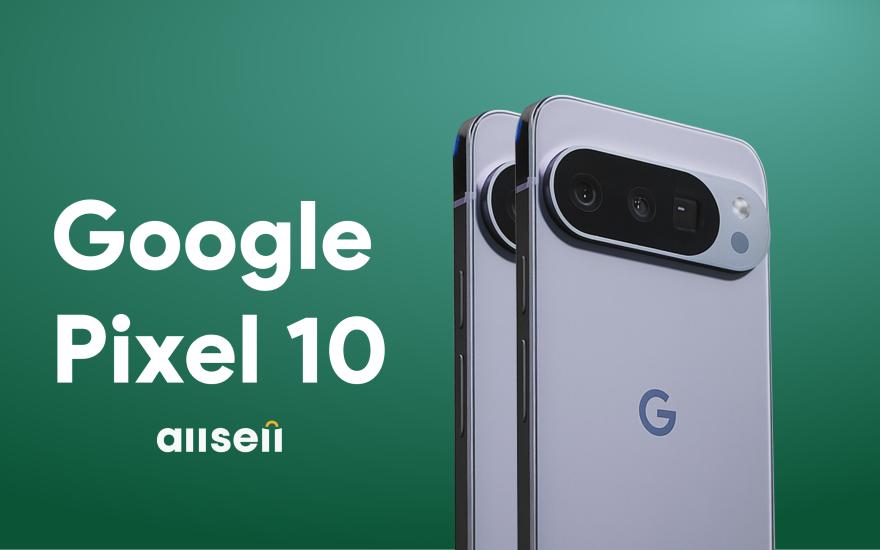 28.08.2025
Armine Badalyan
Google Pixel 10th generation smartphones released
28.08.2025
Armine Badalyan
Google Pixel 10th generation smartphones released
The 10th generation Google Pixel smartphones have significant improvements: New design, advanced artificial intelligence and more. Click to read...


